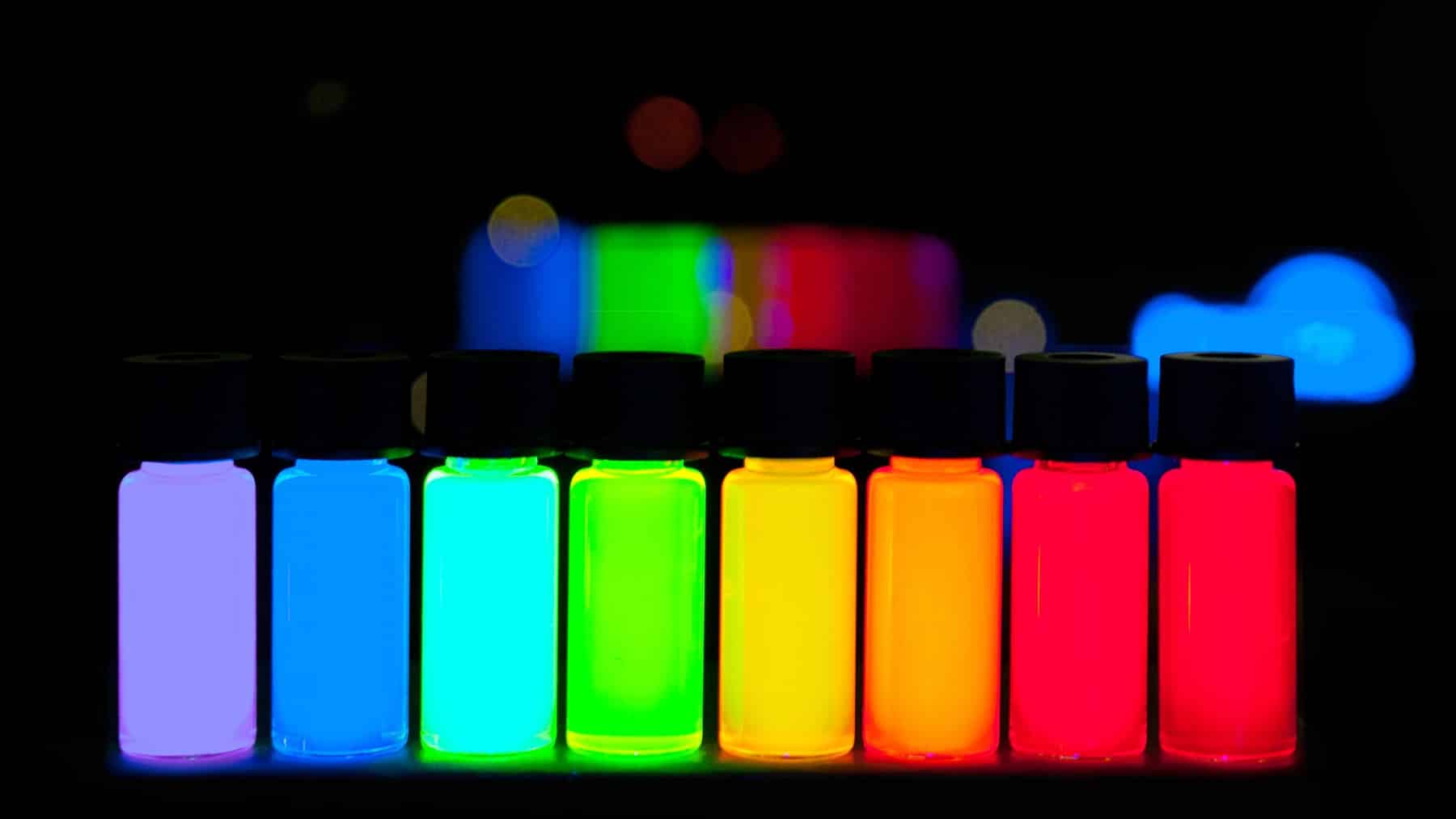Have you ever heard of something so small that it fits a thousand times inside a strand of hair and yet can double the energy output of a solar panel? Yeah, it sounds crazy. But these are quantum dots, the stars of cutting-edge televisions, which are now poised to revolutionize the solar industry, but no one ever predicted the scale of this impact. This breakthrough comes from a partnership between First Solar, the largest solar panel manufacturer in the US, and the nanotechnology startup UbiQD. Together, they want to transform tiny particles into massive gains in energy efficiency.
Quantum dots just got practical, and solar may never be the same
Before this sounds like an exaggeration, it’s worth understanding: quantum dots are semiconductor nanospheres with unique properties. They can absorb light of certain wavelengths and re-emit it more efficiently. Let’s face it, it’s extremely useful when you’re trying to extract every last ray of energy from the sun. And for a long time, this technology was restricted to niche areas like high-definition televisions and medical equipment.
But now, with energy demand exploding, mainly due to AI, data centers, and factories, the timing is perfect to apply these “magic dots” to solar panels. And that’s where UbiQD comes in, a company born from research at Los Alamos National Laboratory and MIT. The startup has developed a scalable way to incorporate these quantum dots into the panel’s encapsulants – a sort of “smart varnish layer” that transforms wasted light into useful energy.
Quantum dots go industrial: Solar glass turns into a power machine
It’s worth noting that First Solar had already been investing heavily in R&D, but this partnership represents a game-changer. The agreement provides for the production of up to 100 metric tons of quantum dots per year, something unprecedented outside the television industry. The QDs will be applied as a kind of paint to the underside of the bifacial panels, which generate energy from both the front and back. This means that the light that hits the ground and bounces back, which was previously ignored, will now be captured and transformed into electricity.
According to Markus Gloeckler, CTO of First Solar:
“Even small gains in bifacial efficiency generate huge impacts at the utility scale.”
Now imagine doubling that efficiency for certain wavelengths. The impact is staggering (just like this 30-meter-tall tower silently powering cities). Large-scale production is expected to begin in 2026 and promises to make First Solar one of the global pioneers in the widespread application of this technology.
“We’re excited about the potential for quantum dot technology to contribute meaningful gains to the performance of our bifacial modules.”, said Gloeckler.
The West strikes back: Tiny tech could tip the solar race against China
This movement carries significant geopolitical weight because China currently leads the way in solar panel manufacturing. But with innovation in quantum dots, the US could regain some of that prominence, something the Wall Street Journal even called a “rare advantage over China.” First Solar already has the largest solar production capacity in the Western Hemisphere, with factories in Ohio, Alabama, and Louisiana. With this new technology, the company can go even further: supplying power to more than 15 million homes with less space, fewer raw materials, and greater efficiency.
Meanwhile, Europe remains at the forefront of adoption: for the first time, solar energy has surpassed all other sources in the European bloc. And the race isn’t slowing down, quite the opposite. Quantum dots show that the future of energy doesn’t just depend on massive investments or massive infrastructure, but rather on how we use scientific intelligence to extract more from what we already have. Another example of this is this panel that doesn’t need sunlight, as it produces energy from raindrops.
Disclaimer: Our coverage of events affecting companies is purely informative and descriptive. Under no circumstances does it seek to promote an opinion or create a trend, nor can it be taken as investment advice or a recommendation of any kind.













